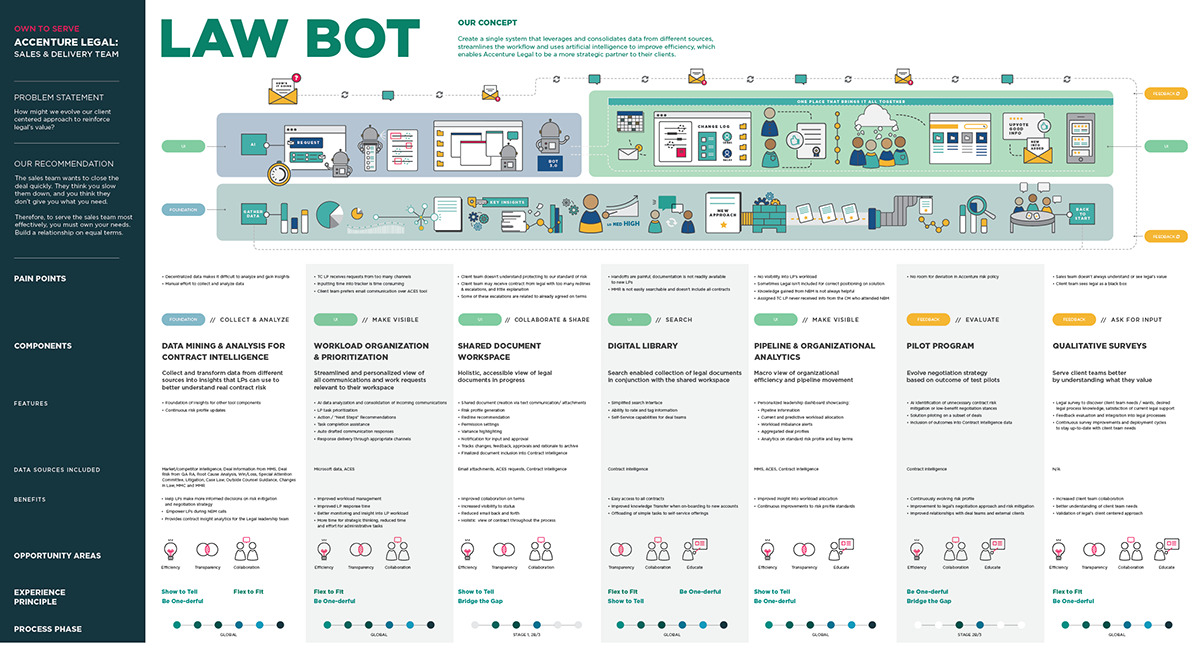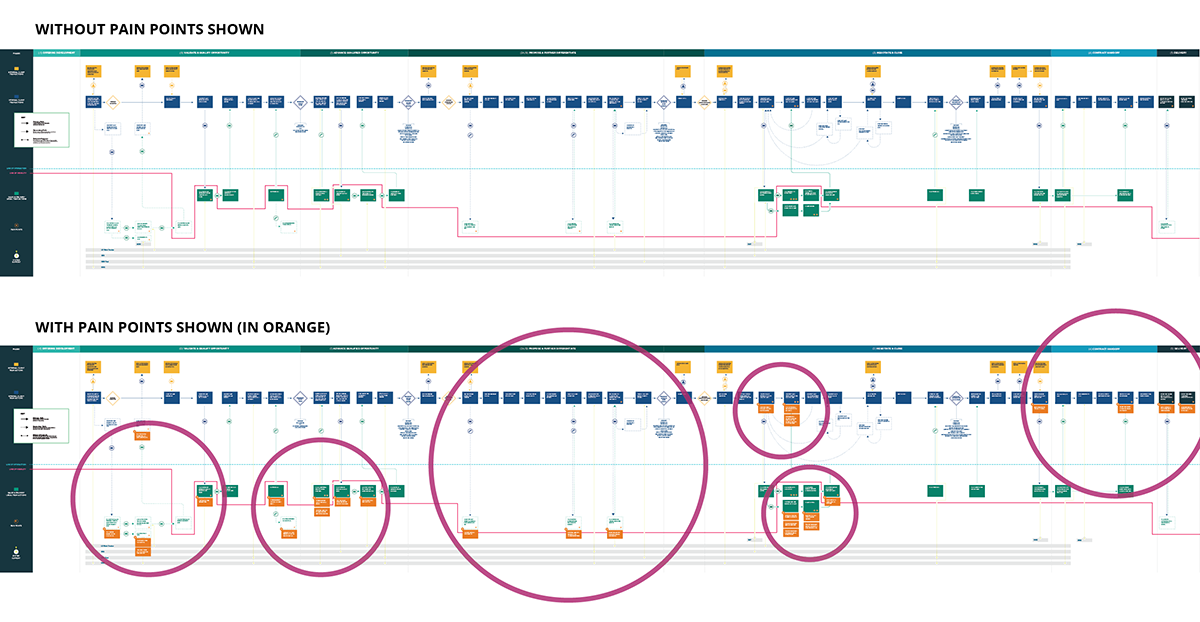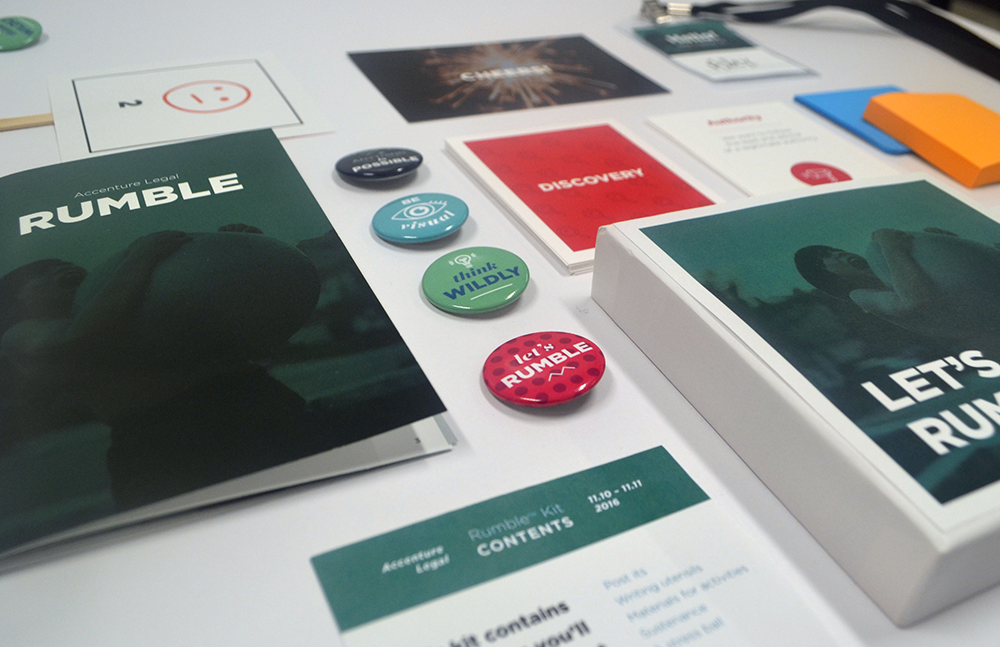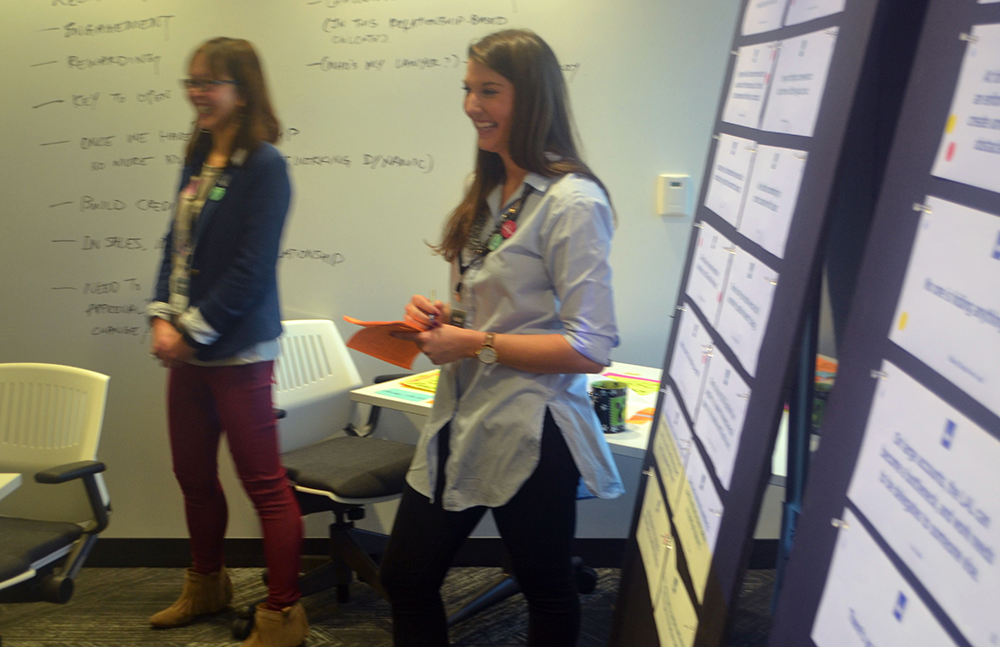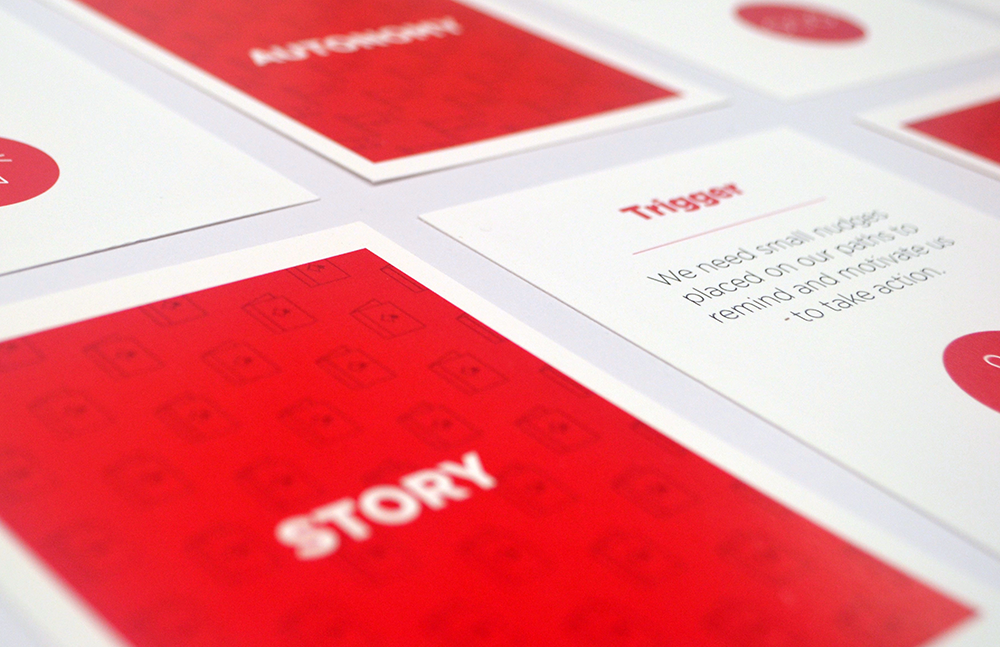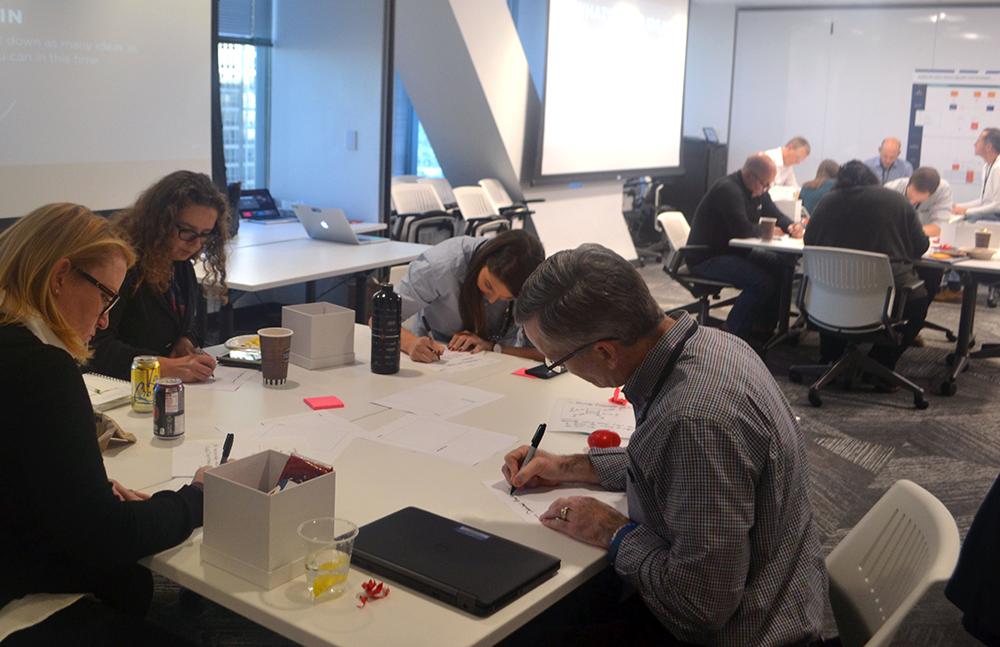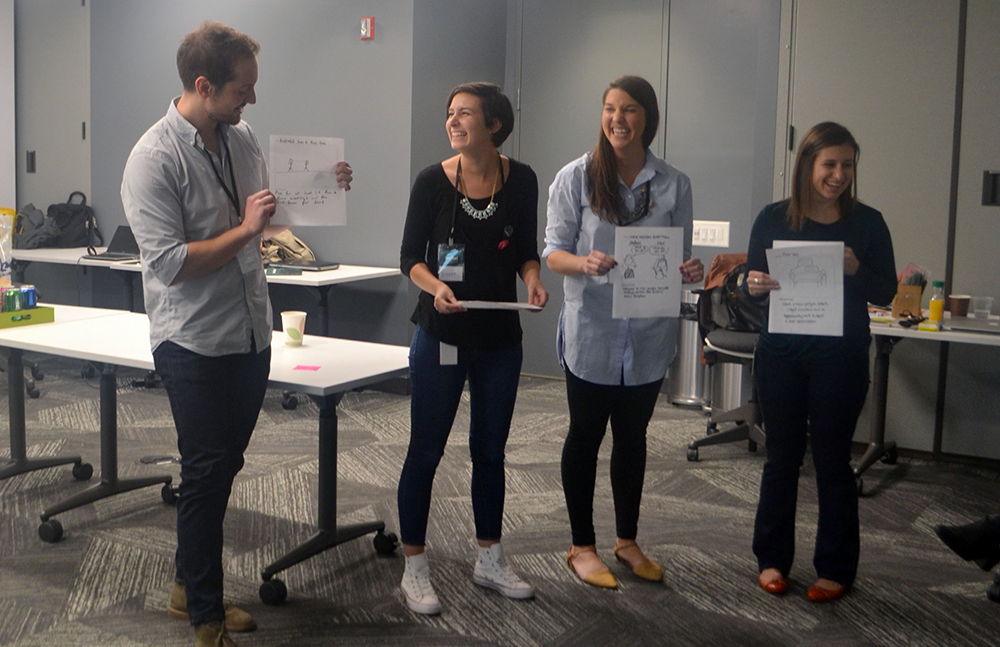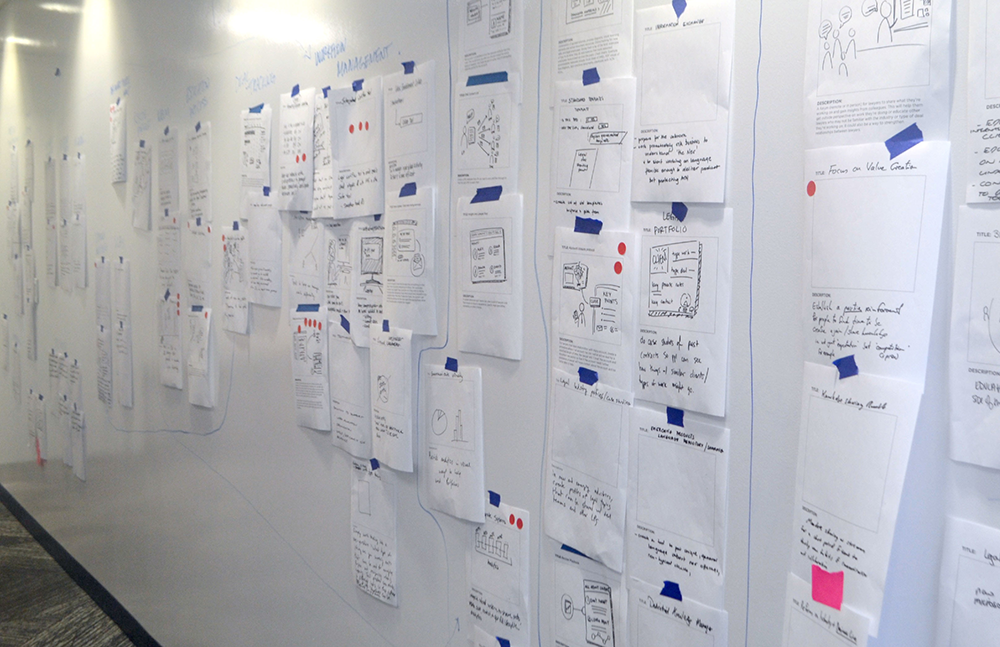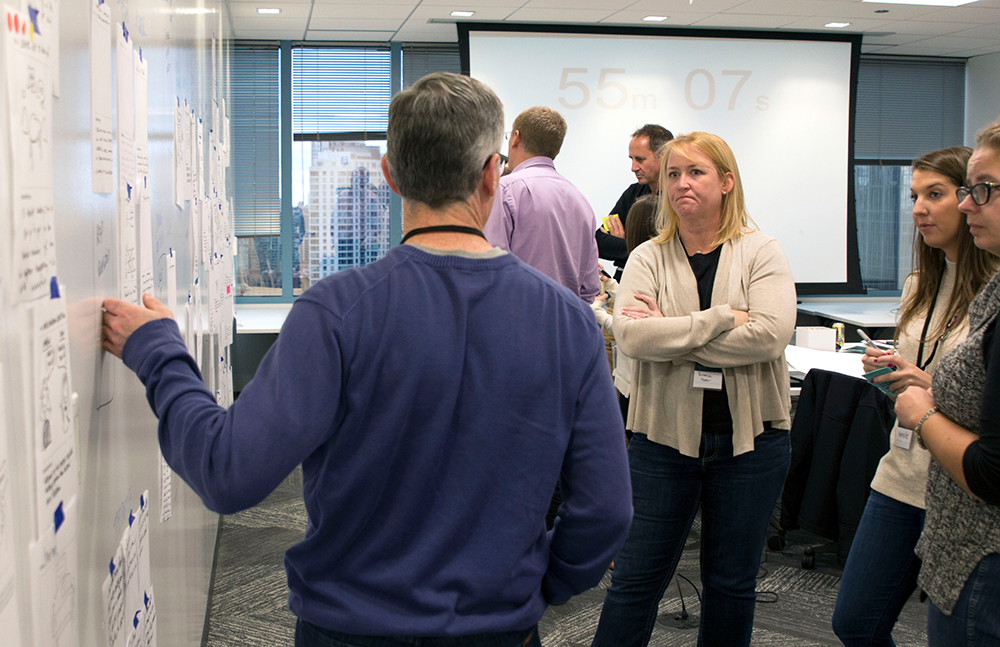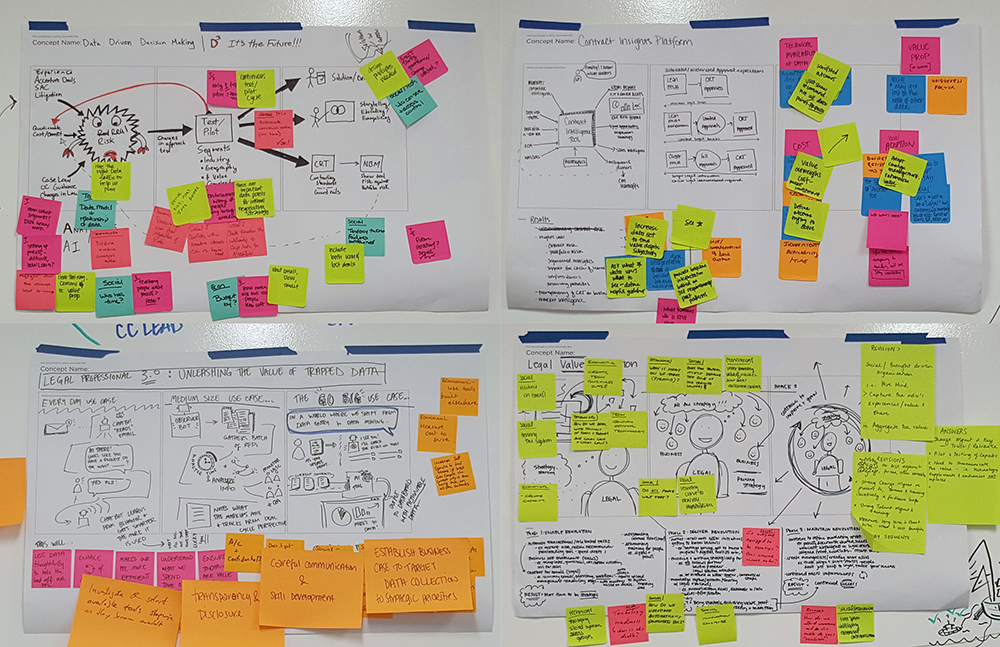CATEGORY
Organizational Design
CLIENT
Accenture Legal
MY ROLE & SCOPE
Design & Research Co-Lead
Collaborated on cross-functional team
Impact across all of Accenture Legal
Never been done before with design
ACTIVITY OVERVIEW
– Empathy Interviews
– Observation Sessions
– Co-Creation Sessions
– Personas, Persona Focus
– Service Blueprint
– Experience Principles
– Concept Sketches
– Product Demos
– Industry Trends Analysis
– Concepts Recommendation
OPPORTUNITY
Our internal legal team was struggling with their partnership with other teammates and teams altogether. Their processes and tools were not only complex but had little to no standardization. Often there was even lack of ownership and confusion on next steps altogether. Their team was ripe for a fresh approach–particularly from an engagement model perspective and as a small team we were excited to jump in and figure this out.
APPROACH
As a small team we took turns leading different activities throughout the research, synthesis, concepting, and refinement processes. We kept the legal team in close connecting with everything we were doing and even brought them in for three different double workshop day sessions. We were careful to bring data from research into every conversation and be mindful of how we approached broken areas of their existing approach.
OUTCOME
In our final workshop together we prioritized a listing of concepts for a new engagement model as well as refined them as best we could given the time alotted. We depicted the prioritzed and refined concepts within a mapping indicating how all these initiatives could come together as a larger system. Really we provided them with an ecosystem map detailing out everything we had created together across our working team.

